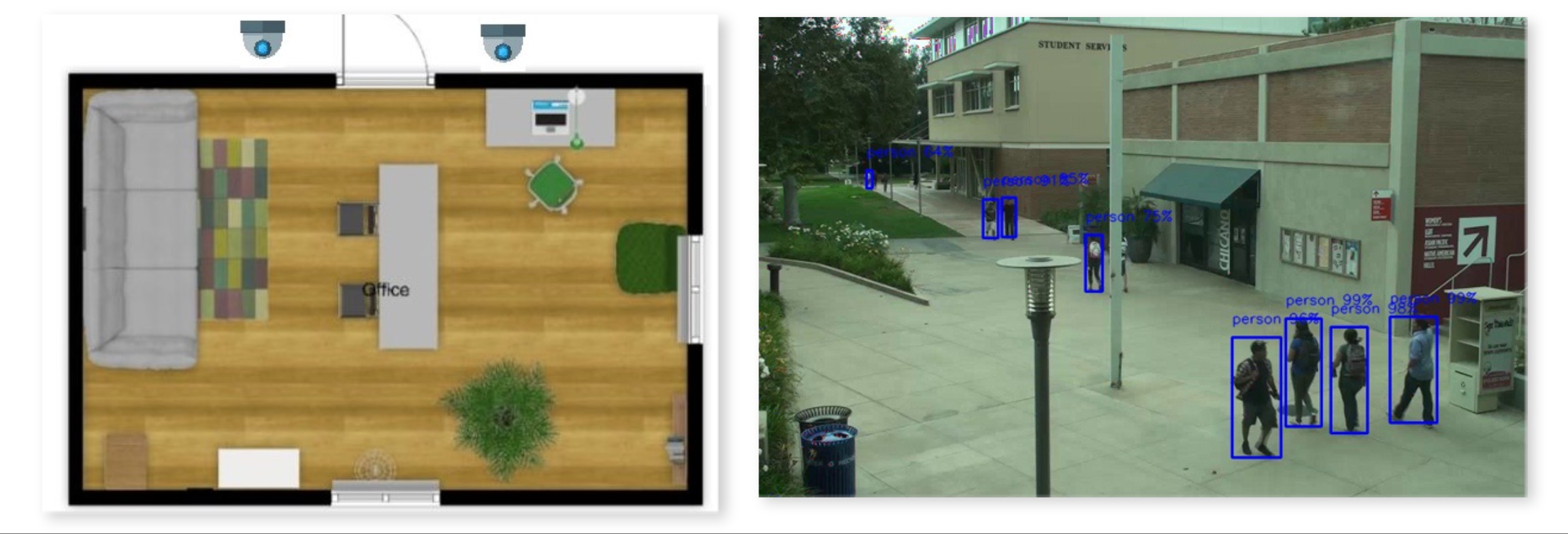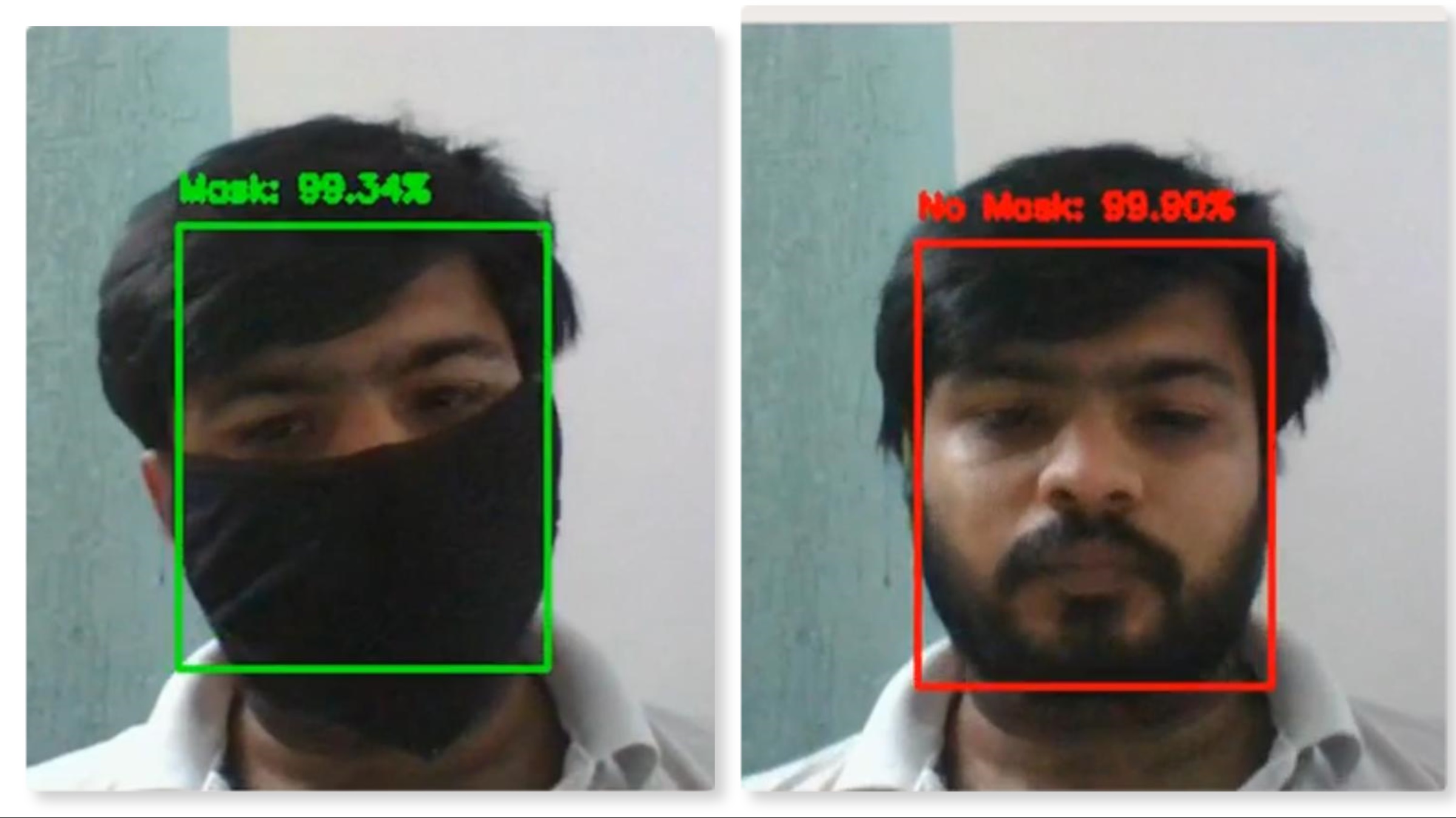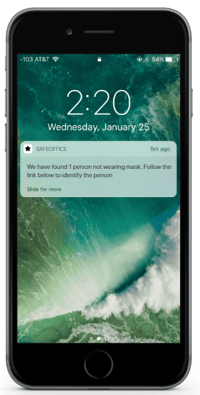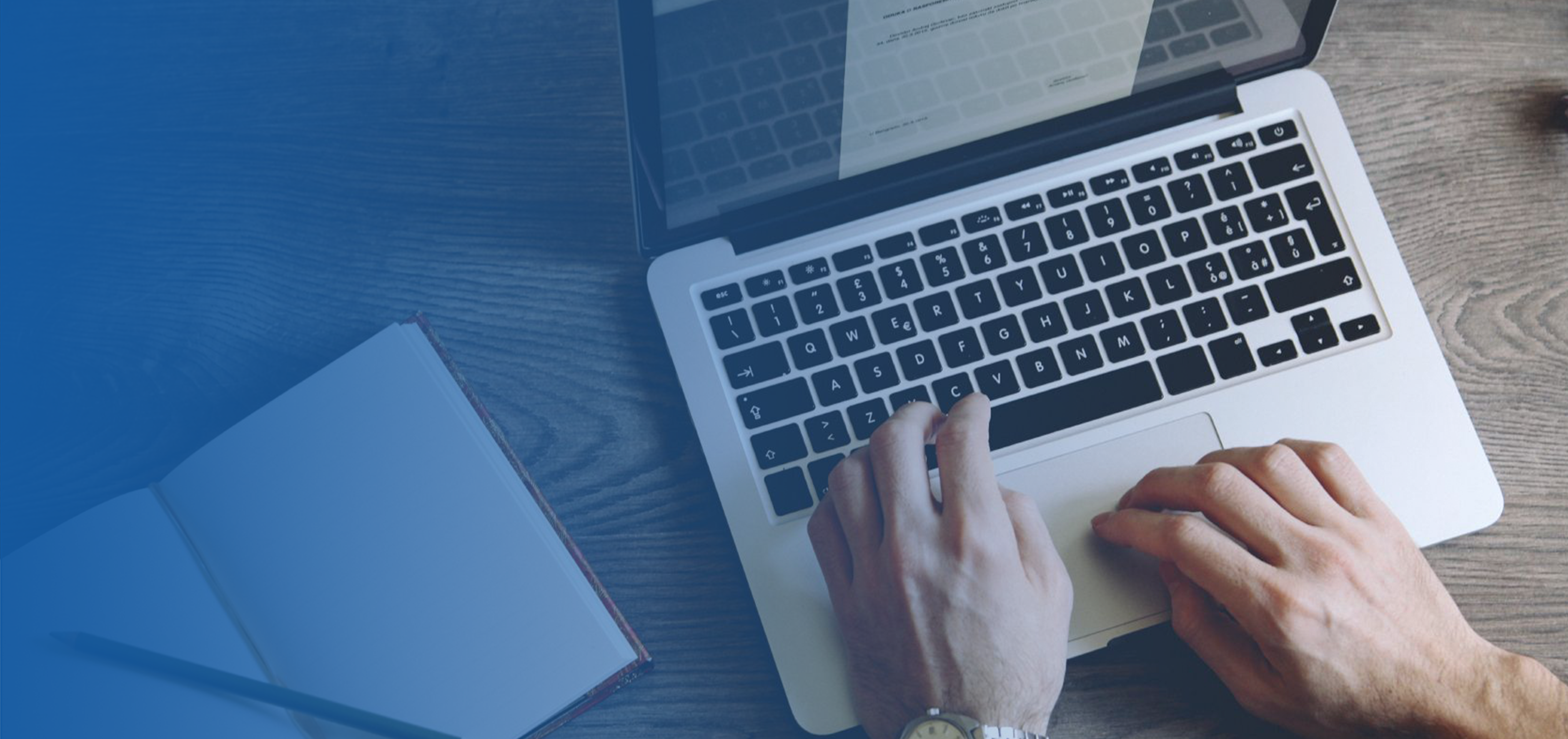The first half of 2020 saw COVID-19 causing many businesses and operations to come to a halt. As business operations slowly ease back to the norm, many are left wondering what can be done to ensure that protocols are in place to minimize the risk of widespread re-emergence of COVID-19 in the community.
In Singapore, the Ministry of Manpower recently released the requirements for safe management measures at the workplace. Three key points in those requirements are:
1. Employers must ensure that all onsite personnel, including employees, visitors, suppliers and contractors, always wear a mask and other necessary personal protective equipment at the workplace, except during activities that require masks to be removed.
2. Always ensure clear physical spacing of at least 1 meter between persons through the following — Employers must demarcate safe physical distances (at least 1m apart) at the workplace premises with visual indicators or through physical means.
3. Implement a detailed monitoring plan to ensure compliance with Safe Management Measures and timely resolution of outstanding issues.
To dedicate a person to do safety monitoring constantly is neither feasible nor reliable, not to mention, costly. That’s why at Just Analytics we have built an AI powered COVID-19 Safety Monitoring System. This system uses computer vision to ensure:
a) People wear masks all the time
b) People maintain social distancing all the time
Check out this video to see what we have done!
How this works is that cameras are mounted at suitable locations in the office and the stream is automatically uploaded to the cloud at very small intervals.

The uploaded files trigger an Azure function which uses computer vision models to detect safety compliance.

Here is a demo of our approach:
Upon any breach, an alert is sent to the responsible person along with the picture of breach who can take action. A report is also generated on a daily, weekly and monthly basis visualizing the safety compliance statistics.

Here is the architecture we followed. The live feed from the camera is captured in the video capture client. The data is then stored in the Azure Blob Storage which then gets fed into the Azure functions. Azure functions is nothing more than a event-driven server-less compute platform that can solve complex orchestration problems, with it being built based on triggers and bindings that help you respond to events and seamlessly connect to other services. Each time the trigger fires, the Logic Apps engine creates a logic app instance that runs the actions in the workflow eventually alerting you on your email or mobile phone.

If this is something of interest to you or you have a similar use case in mind, do get in touch with us and allow us to craft a customized path for you in your transformation journey!


